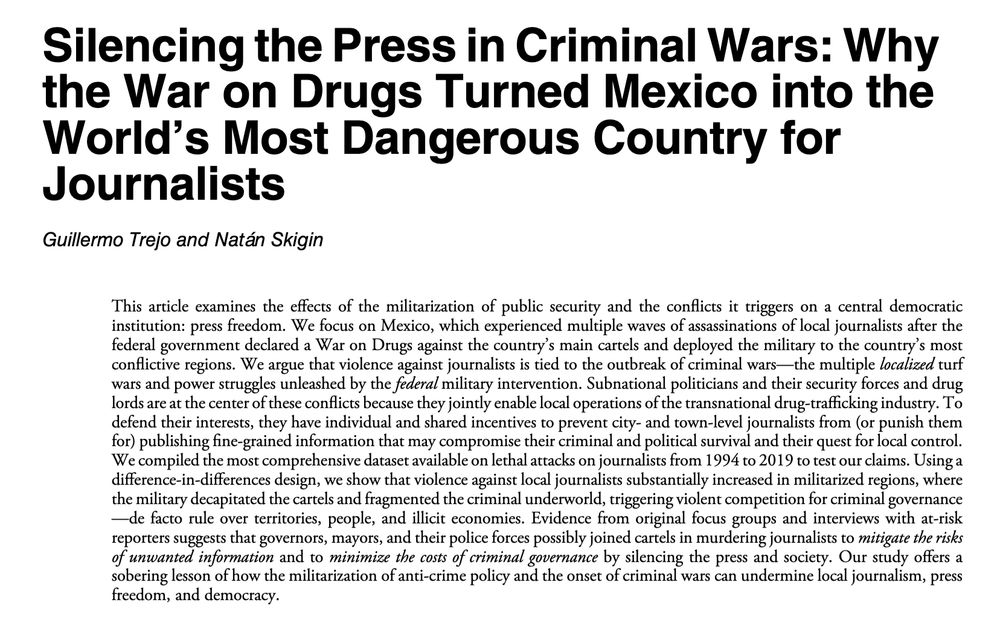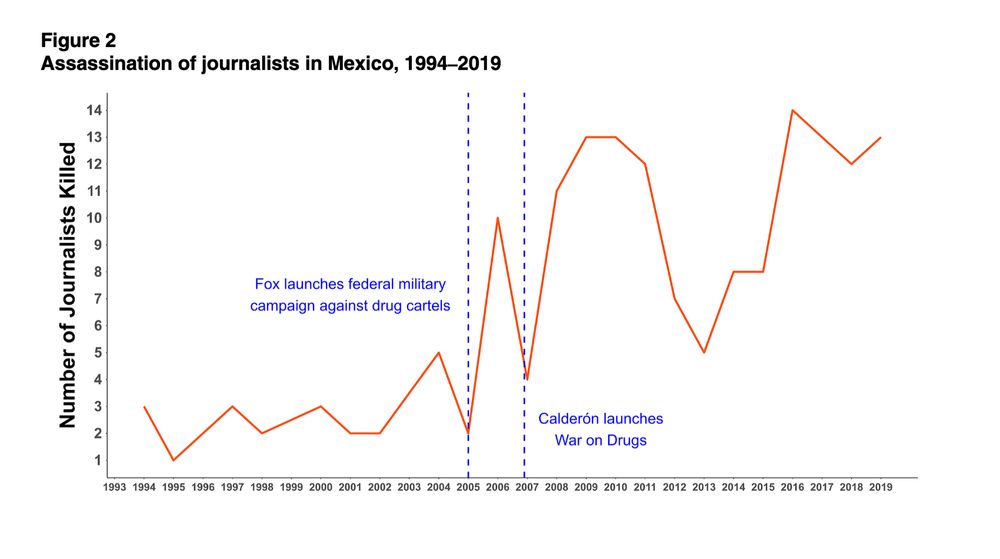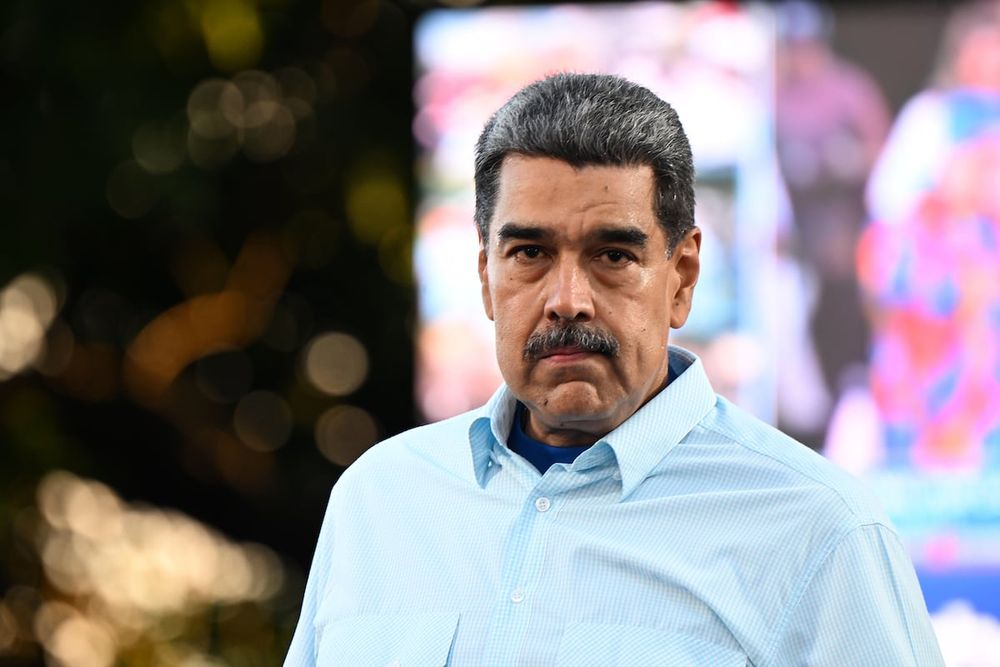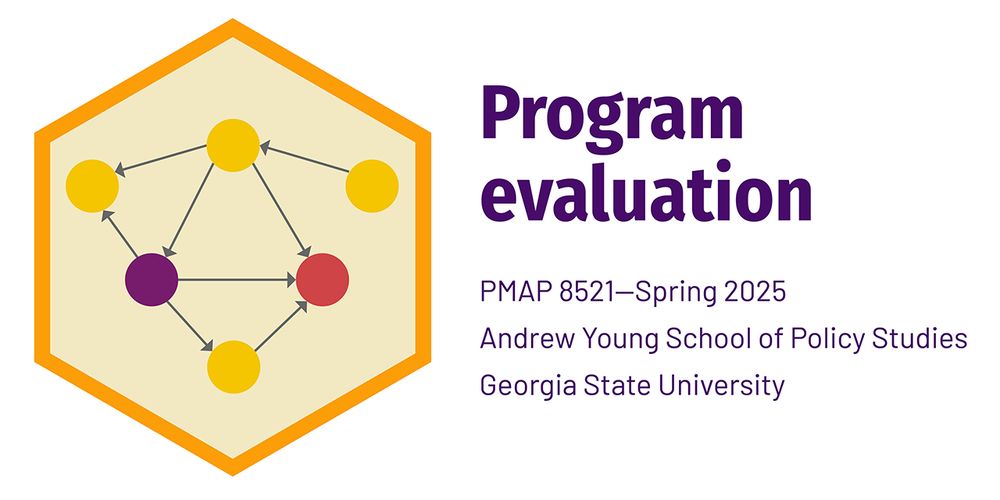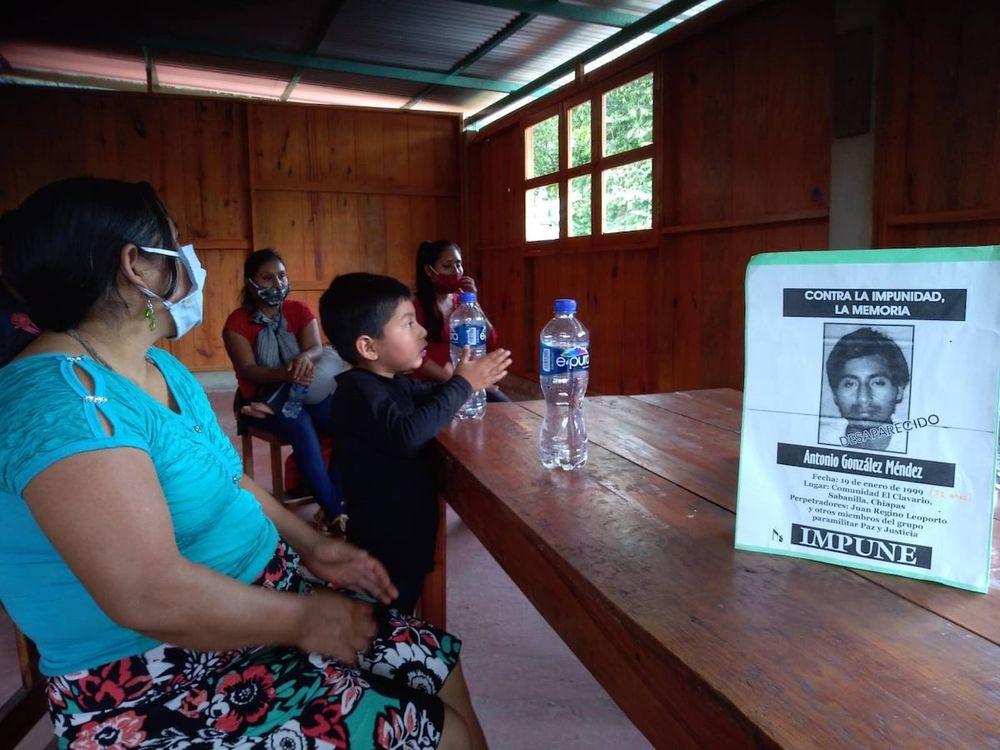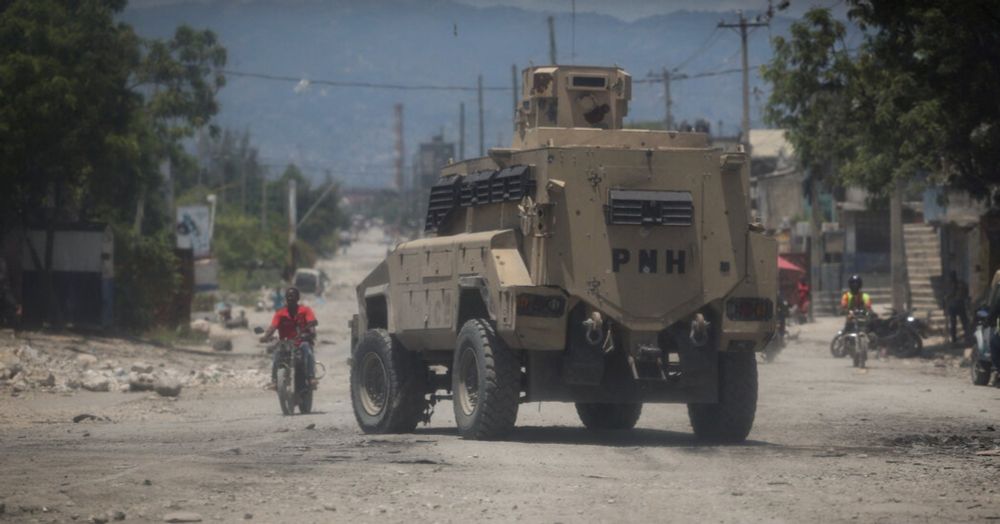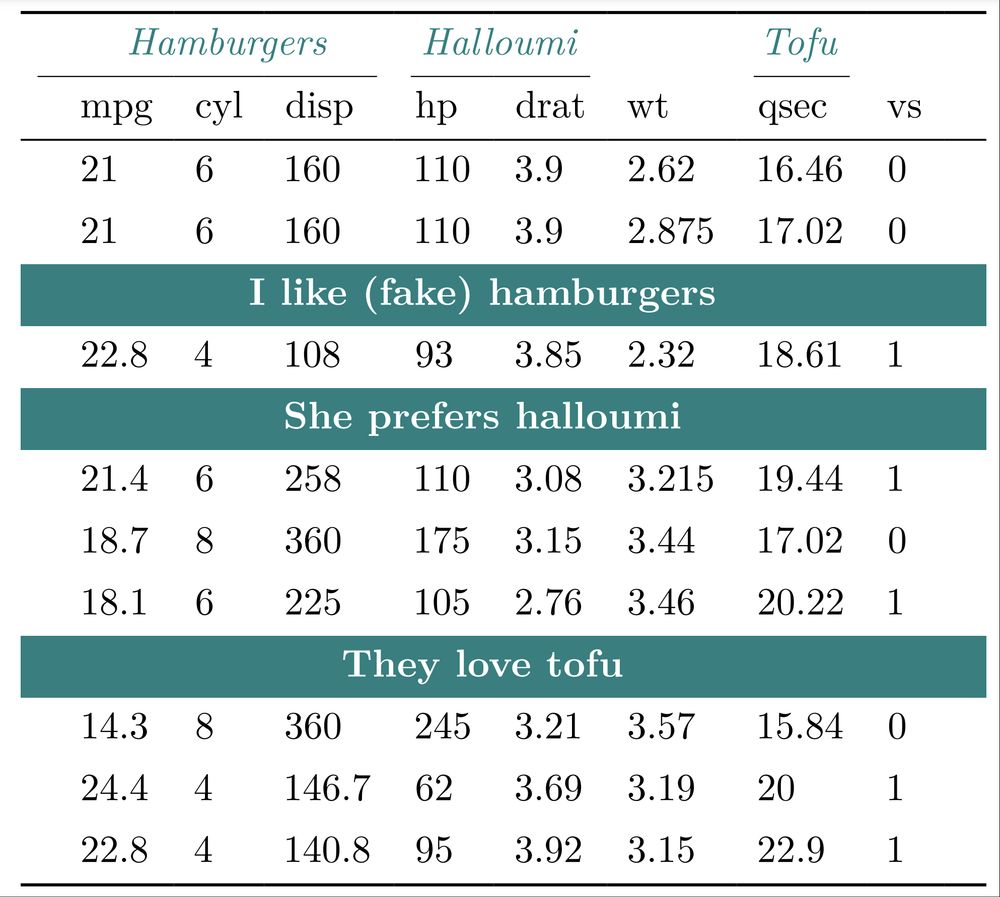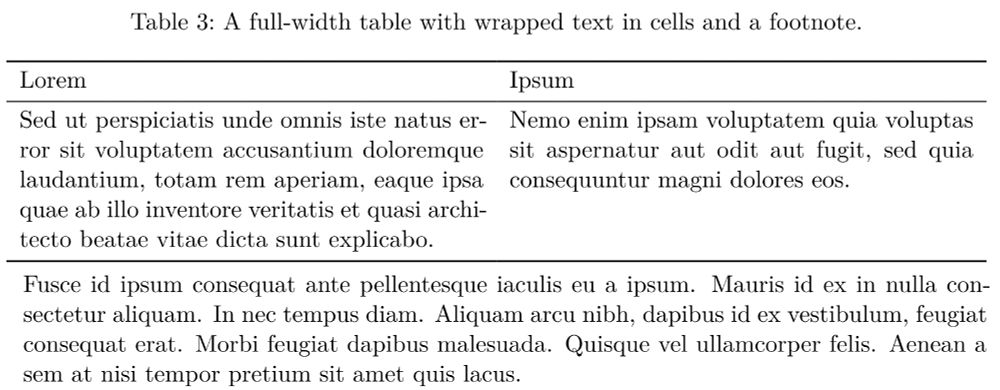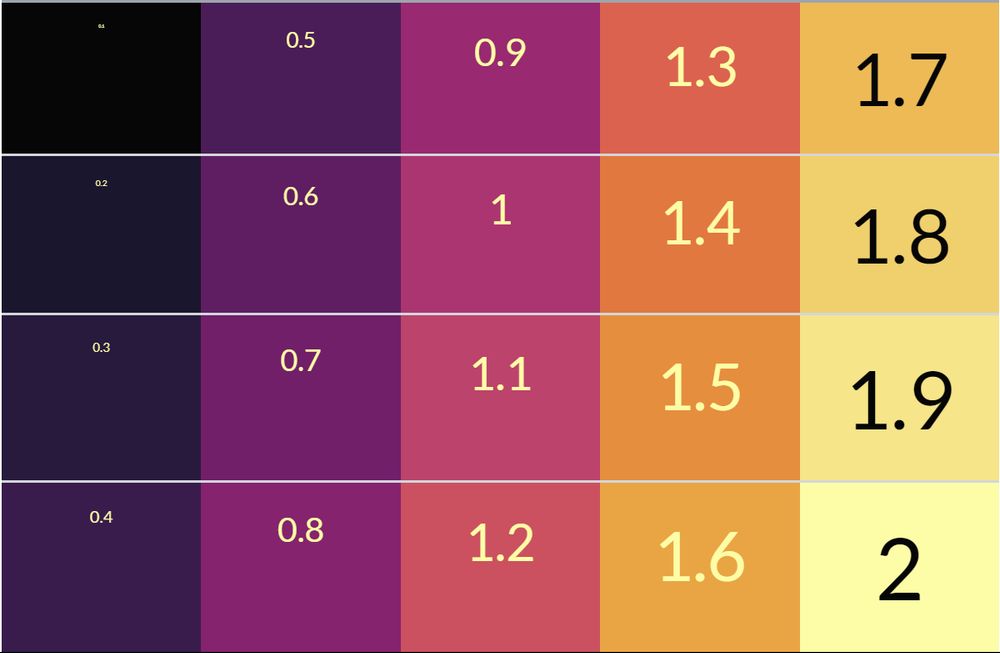We’re accepting submissions for Fall 2025 until August 14.
If you’re on the market, it’s a great chance to practice your job talk with an audience!
We also welcome paper presentations.
Apply here: iu.co1.qualtrics.com/jfe/form/SV_...
22.07.2025 01:34 — 👍 5 🔁 6 💬 0 📌 0
Thanks Christina!!
13.06.2025 01:34 — 👍 0 🔁 0 💬 0 📌 0
ND grad students killing it this year! A 2nd discipline-wide diss prize: The @apsa.bsky.social political psychology award goes to the amazing @natanski.bsky.social Natan Skigin for “Challenging Stigma from Below: How Human Rights Movements Contest Repressive States and Shape Democratic Citizenship.”
06.06.2025 20:17 — 👍 15 🔁 3 💬 1 📌 0

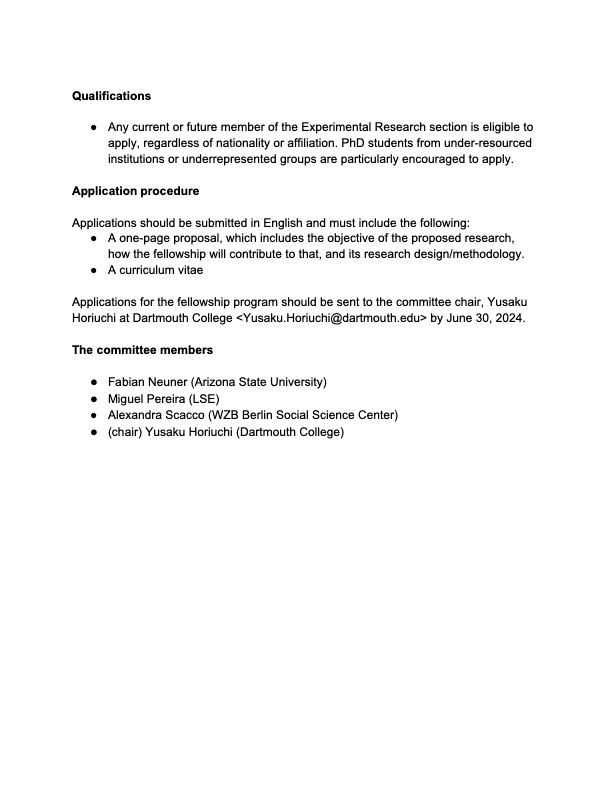
The Experimental Research section of the American Political Science Association (@experimentsapsa.bsky.social) invites research proposals from post-prospectus PhD students for its Experimental Research Early-Career Fellowship program. Share this post! @apsa.bsky.social, @poscresearch.bsky.social
26.05.2025 15:39 — 👍 19 🔁 30 💬 0 📌 2
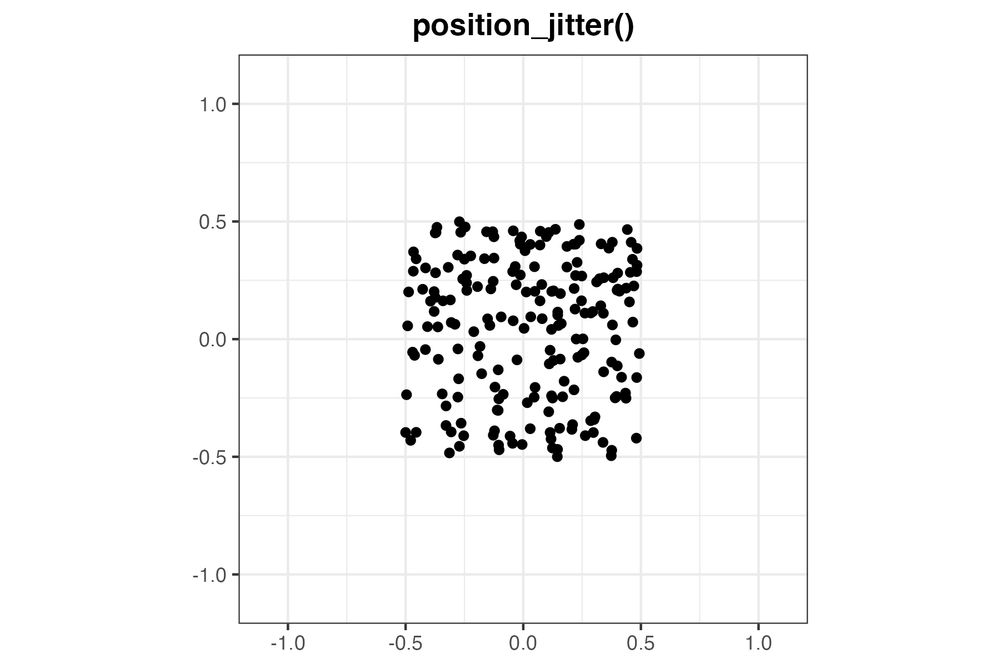
position_jitter()

position_jitter_ellipse()

position_sunflower()

position_circlepack()
New visualization tool alert!
The vayr package version 1.0.0 is now on CRAN.
It contains position adjustments for ggplot2 that help with overplotting in pleasing ways. My favorite is position_sunflower().
- install.packages("vayr")
- alexandercoppock.com/vayr
#rstats #ggplot2 #dataviz
16.04.2025 19:53 — 👍 195 🔁 55 💬 3 📌 3
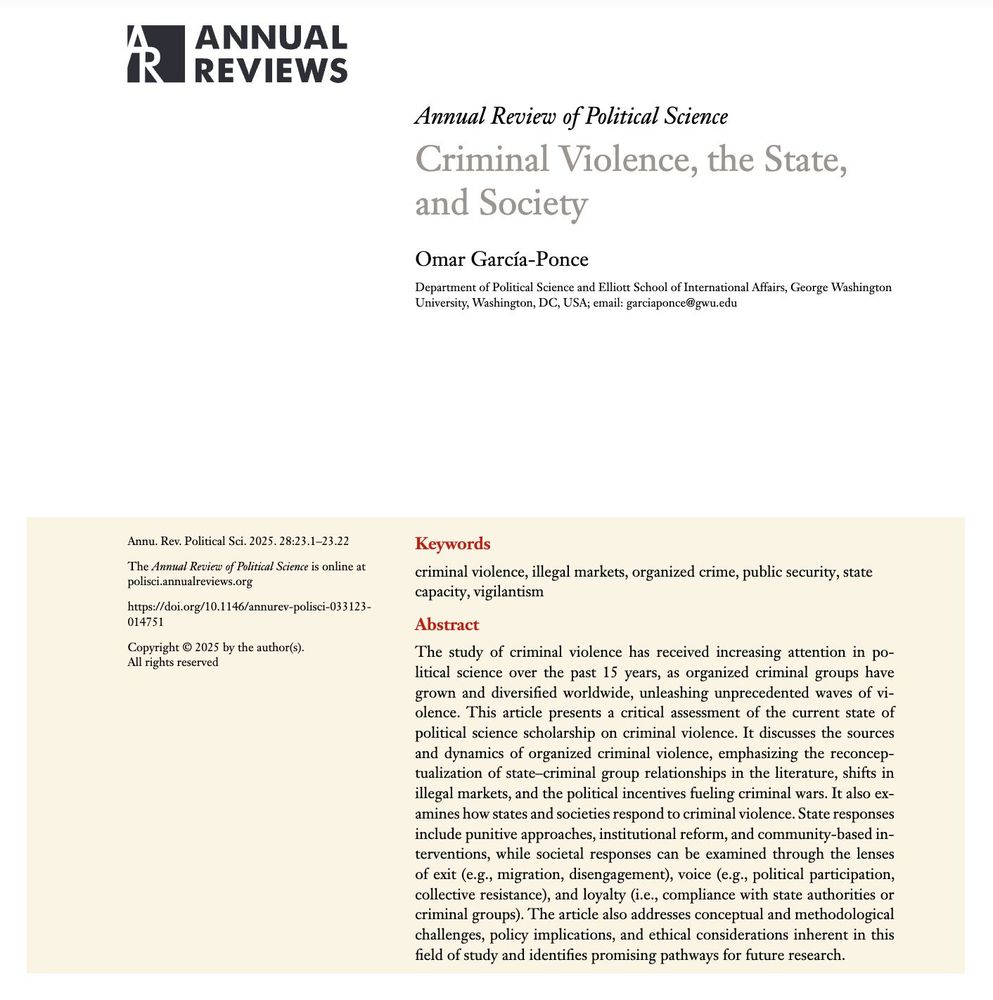
1/ I just published a new article titled “Criminal Violence, the State, & Society” in the Annual Review of Political Science, which examines the growing political science research on criminal violence over the past 15 years.
Link 👉https://go.shr.lc/3GnoH7f
Here is a summary of some key insights...
16.04.2025 01:50 — 👍 51 🔁 15 💬 1 📌 1
Having published a book recently, I found it sometimes hard to understand how the process worked (and luckily, had very kind mentors who helped).
I have uploaded a short document detailing how my experience went, in case others find it helpful: www.vicentevalentim.com/_files/ugd/a...
22.01.2025 19:13 — 👍 215 🔁 56 💬 8 📌 2
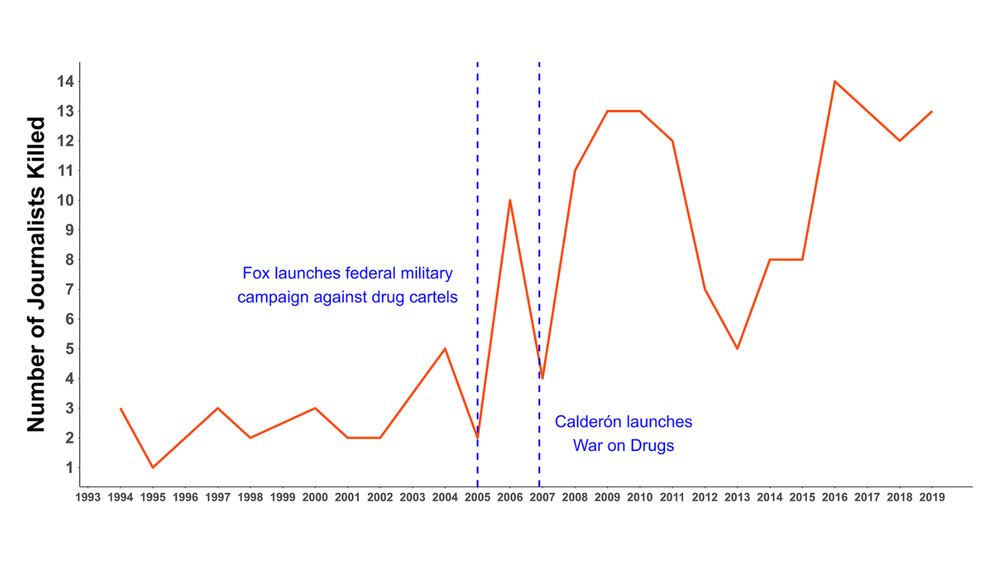
Graph showing the rise in number of journalists killed in the wake of the War on Drugs.
New research by @natanski.bsky.social & Guillermo Trejo reveals a stark increase in violence against journalists in militarized regions of Mexico amid the War on Drugs, driven by local government and cartel interests in criminal governance. loom.ly/K5LVzgI
16.01.2025 21:25 — 👍 1 🔁 1 💬 0 📌 0
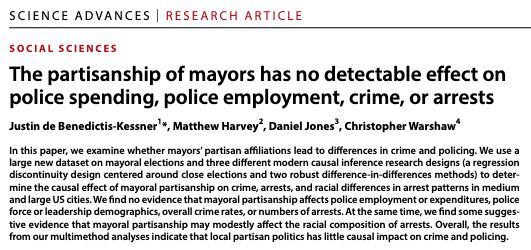
Abstract of article titled "The partisanship of mayors has no detectable effect on police spending, police employment, crime, or arrests"
Are Democratic leaders making cities more dangerous than Republicans? Trump + others have repeatedly made claims like this. New paper in Science Advances w/ @chriswarshaw.bsky.social, Dan Jones & Matt Harvey shows that, in short, the answer is no.
15.01.2025 22:39 — 👍 757 🔁 226 💬 23 📌 12
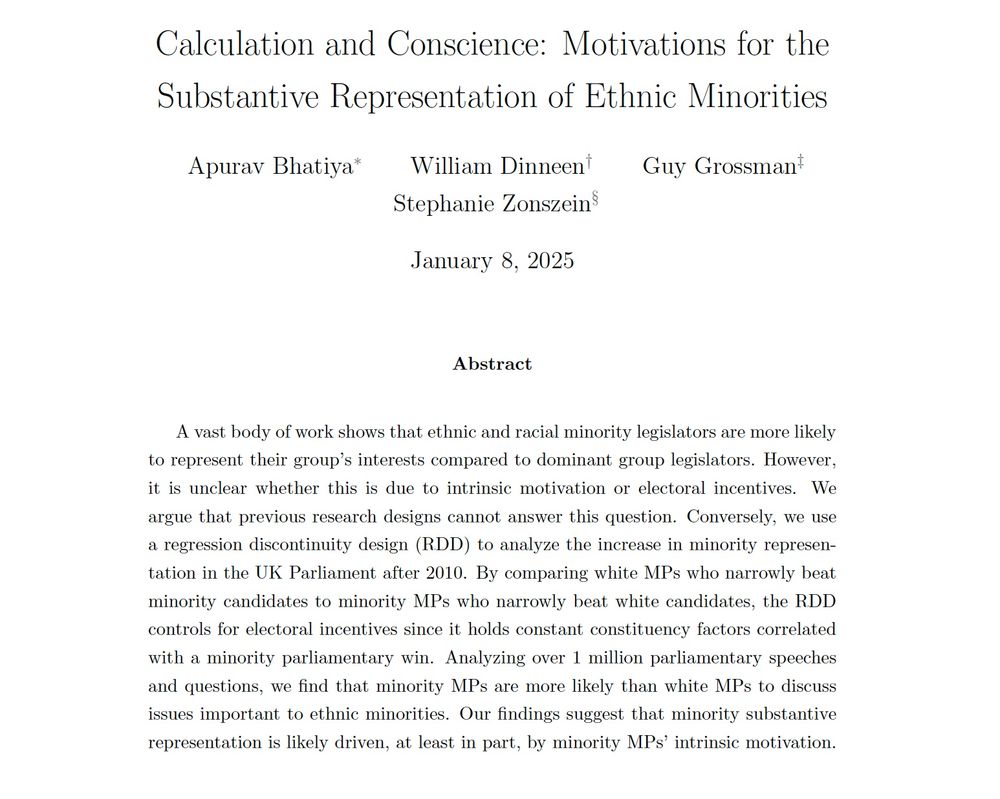

Happy to share a new working paper "Calculation and Conscience: Motivations for the Substantive Representation of Ethnic Minorities" (with Stepahnie Zonszein, Apurav Bhatia and Will Dinneen). See osf.io/preprints/os...
09.01.2025 19:09 — 👍 18 🔁 4 💬 1 📌 0
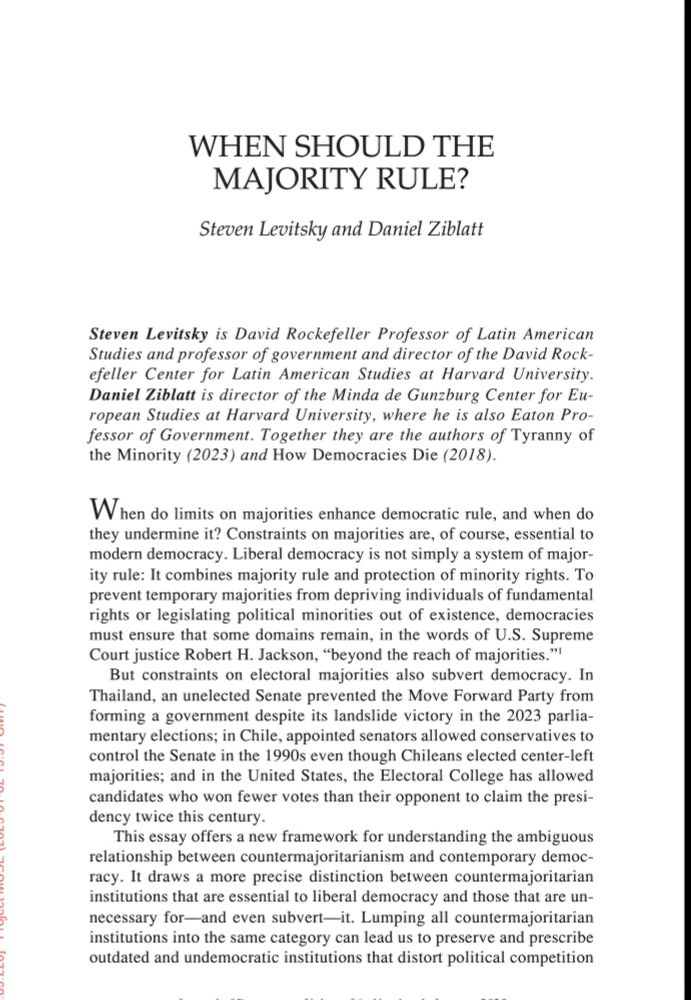
In a democracy, when and where should majorities rule? And when should their powers be limited? Steve Levitsky and I propose a framework to think through these questions in a new piece in the January 2025 issue of 'Journal of Democracy'
muse.jhu.edu/article/947880
02.01.2025 22:11 — 👍 682 🔁 185 💬 42 📌 27
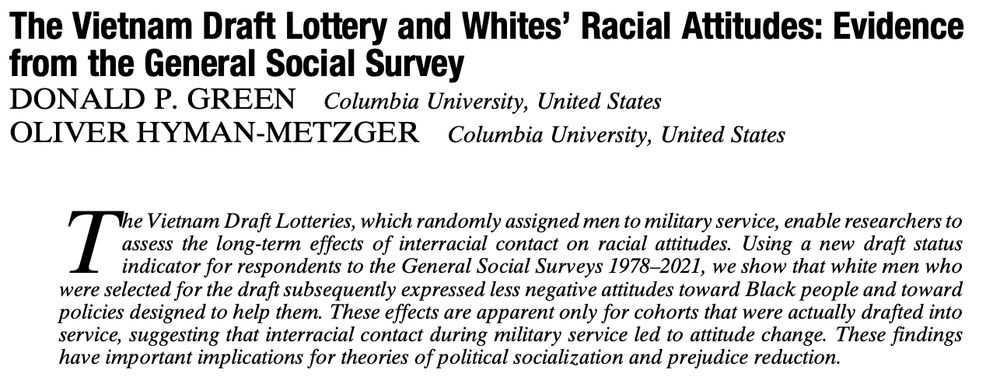
Just published on APSR First View: "The Vietnam Draft Lottery and Whites’ Racial Attitudes: Evidence from the General Social Survey" by Donald Green and Oliver Hyman-Metzger. www.cambridge.org/core/journal...
19.12.2024 15:41 — 👍 48 🔁 28 💬 1 📌 5
Here’s a starter pack of Kellogg Institute (ND ☘️) Fellows: current and former PhD students, faculty, visiting. 😊 Let me know if you’d like to be added. go.bsky.app/CoZB5N8
And help spread the word. @marcjacob.bsky.social @lgamboa.bsky.social @aperezli.bsky.social
05.12.2024 17:11 — 👍 5 🔁 6 💬 0 📌 3
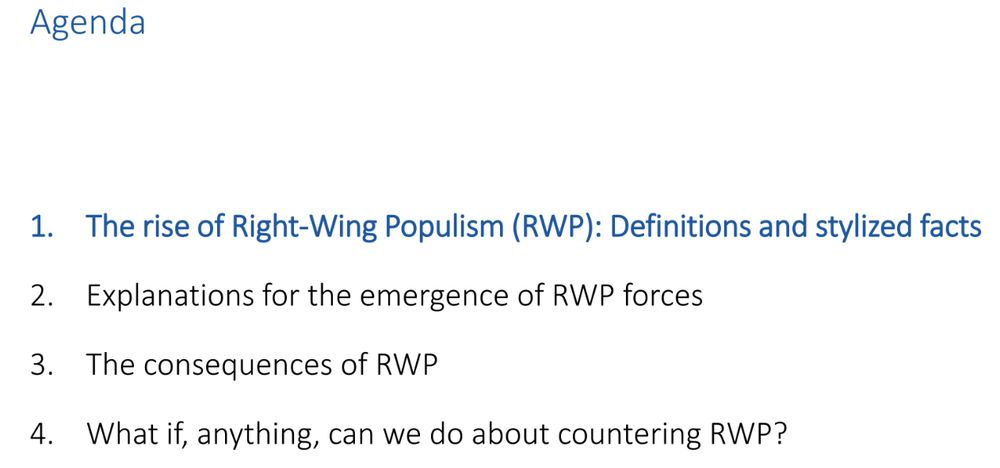
I just gave a guest lecture in @chflachsland.bsky.social's "Policy Process class" on (right-wing) populism. I hope the students enjoyed it as much as I did. Here are my slides -- perhaps they are of interest to some of you. www.dropbox.com/scl/fi/gho7v...
28.11.2024 11:30 — 👍 91 🔁 24 💬 5 📌 8
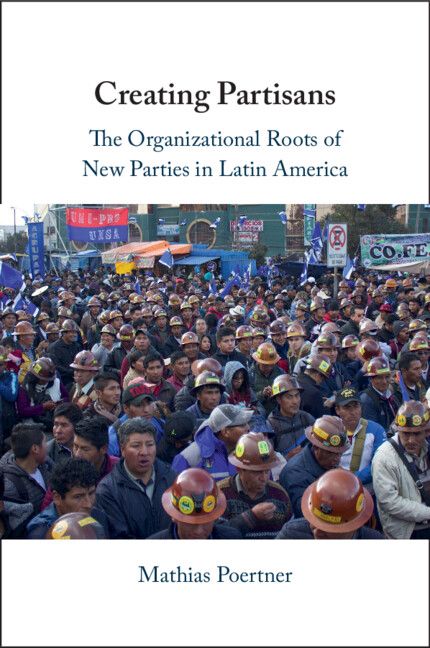
🎉 Thrilled that my new book, *Creating Partisans: The Organizational Roots of New Parties in Latin America*, is finally out! 🎉 @cambridgeup.bsky.social
www.cambridge.org/us/universit...
A brief summary: 1/n
29.11.2024 14:00 — 👍 155 🔁 43 💬 11 📌 6
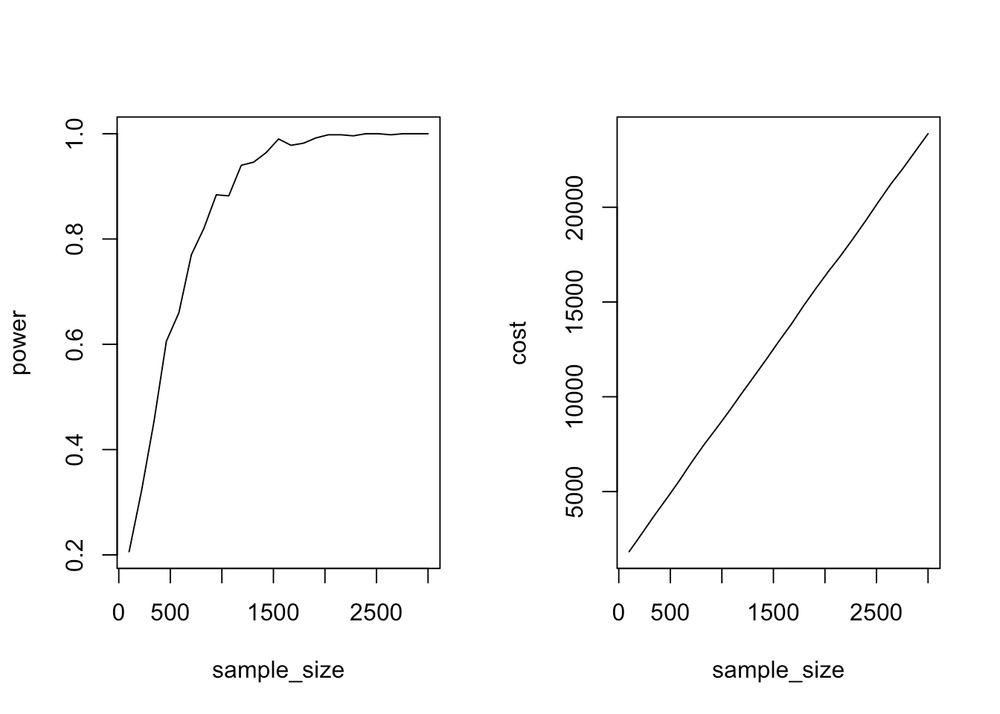
New notebook:
Sample Size Calculations in #RStats : Money and Power
arelbundock.com/posts/money_...
29.11.2024 17:08 — 👍 72 🔁 18 💬 2 📌 2
Thanks, Vicente!!
25.11.2024 18:53 — 👍 1 🔁 0 💬 0 📌 0
https://bit.ly/4ihEAej
Many thanks to my committee, the Kellogg Institute, my family, grad school friends, and mainly to the families of Mexico's victims of disappearance who fight for truth and justice in the face of unimaginable adversity.
t.co/3Cz6zRfvLz
25.11.2024 18:30 — 👍 1 🔁 0 💬 0 📌 0
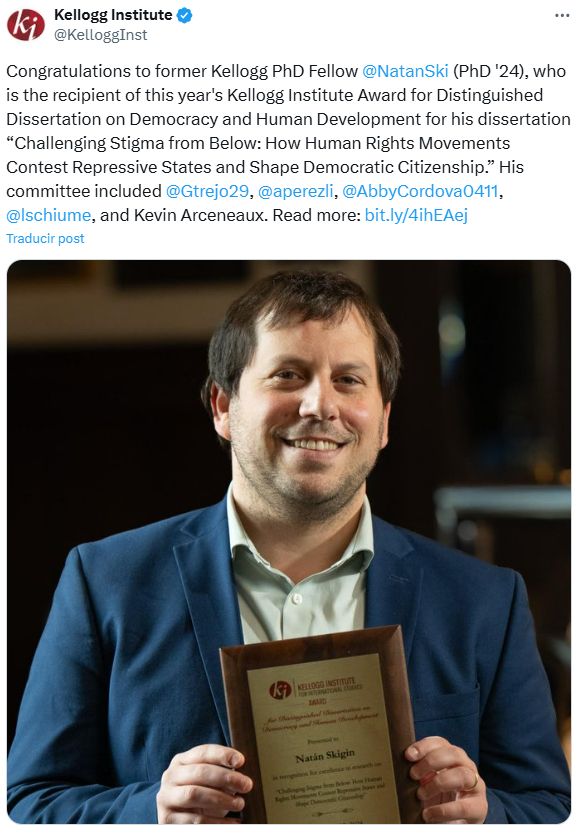
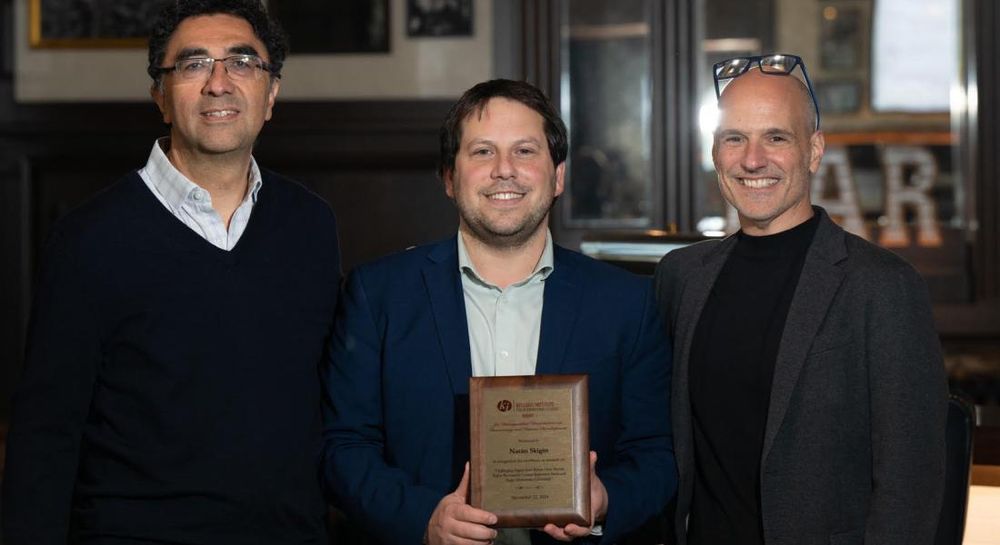
I am honored to have received the 2024 Kellogg Award for Distinguished Dissertation on Democracy and Human Development.
My dissertation shows how grassroots human rights groups—including grassroots victims' voices—contest repressive states, foster solidarity, and mobilize demands for accountability
25.11.2024 18:30 — 👍 8 🔁 0 💬 2 📌 0
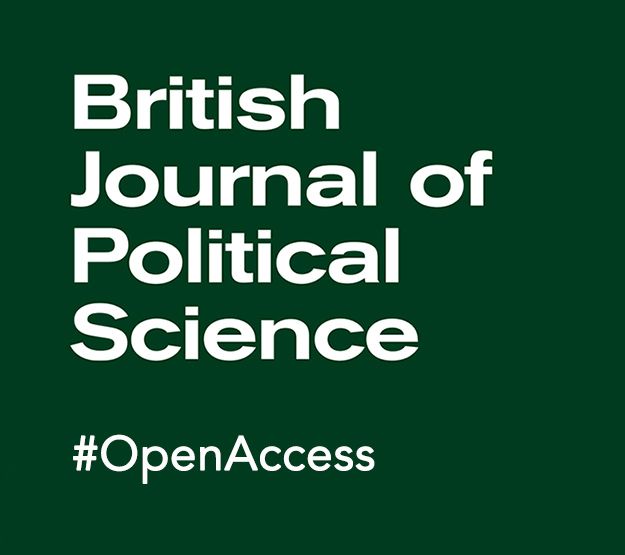
British Journal of Political Science open access graphic
From 2025 BJPolS will be a fully #OpenAccess title which means new articles are published as Gold Open Access under a Creative Commons licence.
You can find your open access options here - cup.org/4hWjxxI
And in 2025 BJPolS will publish continuously (no issues).
24.11.2024 18:04 — 👍 109 🔁 23 💬 2 📌 4
A good way to support pro-democracy forces in Israel is to subscribe to Haaretz. It can teach the USA mainstream media a lesson or two about having a spine.
24.11.2024 18:40 — 👍 49 🔁 17 💬 2 📌 0
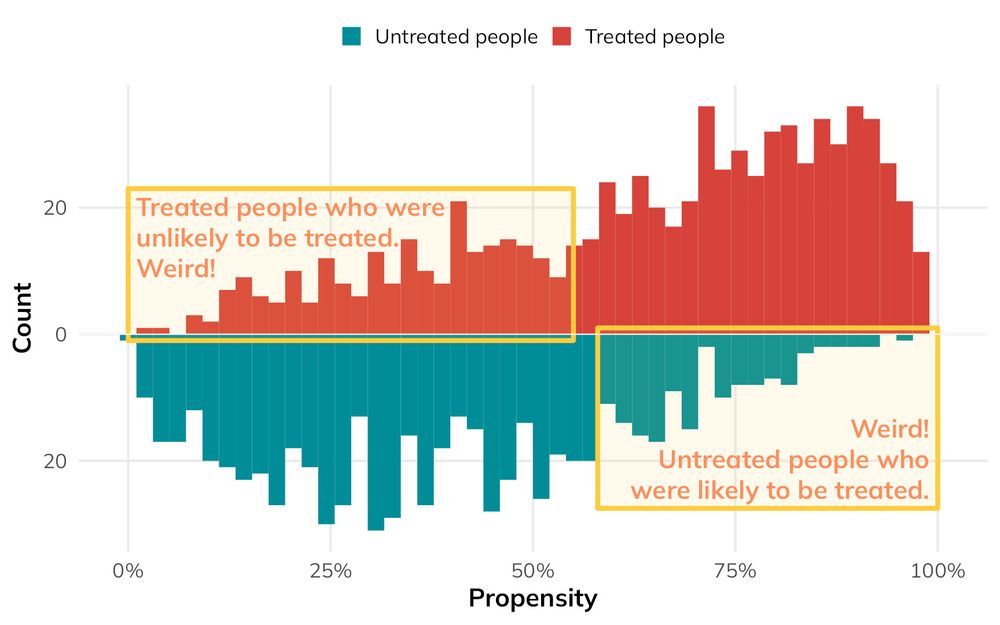
Mirrored histogram showing “weird” parts of the population: treated people who were unlikely to be treated, and untreated people who were likely to be treated
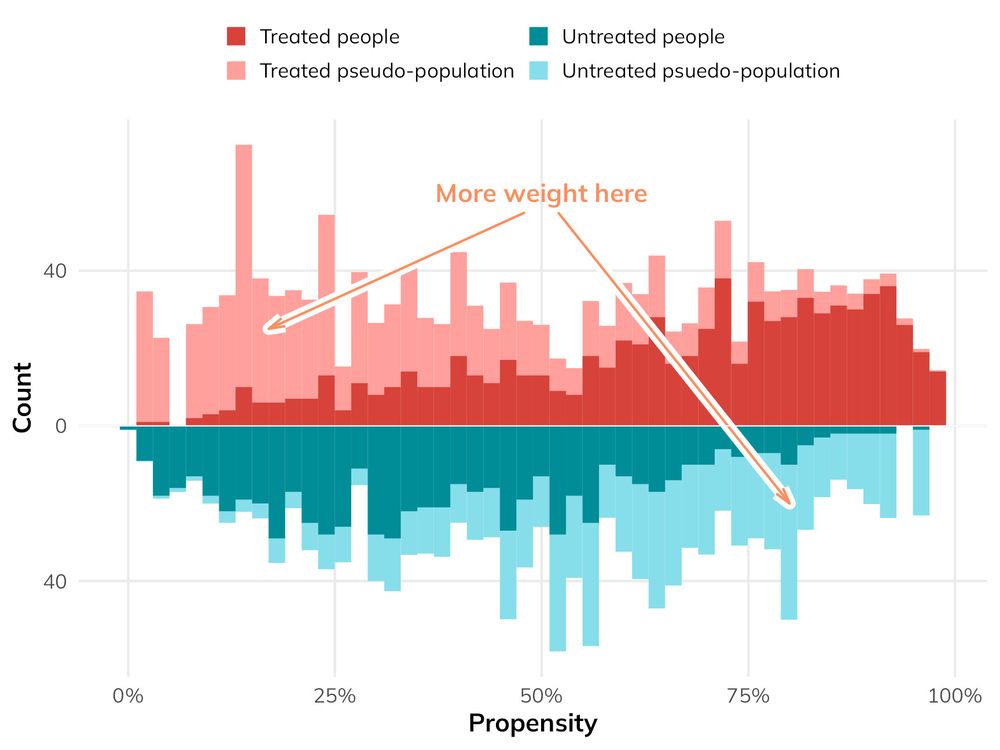
Mirrored histogram showing pseudo-populations of treated and untreated people that have been reweighted to be more comparable and unconfounded
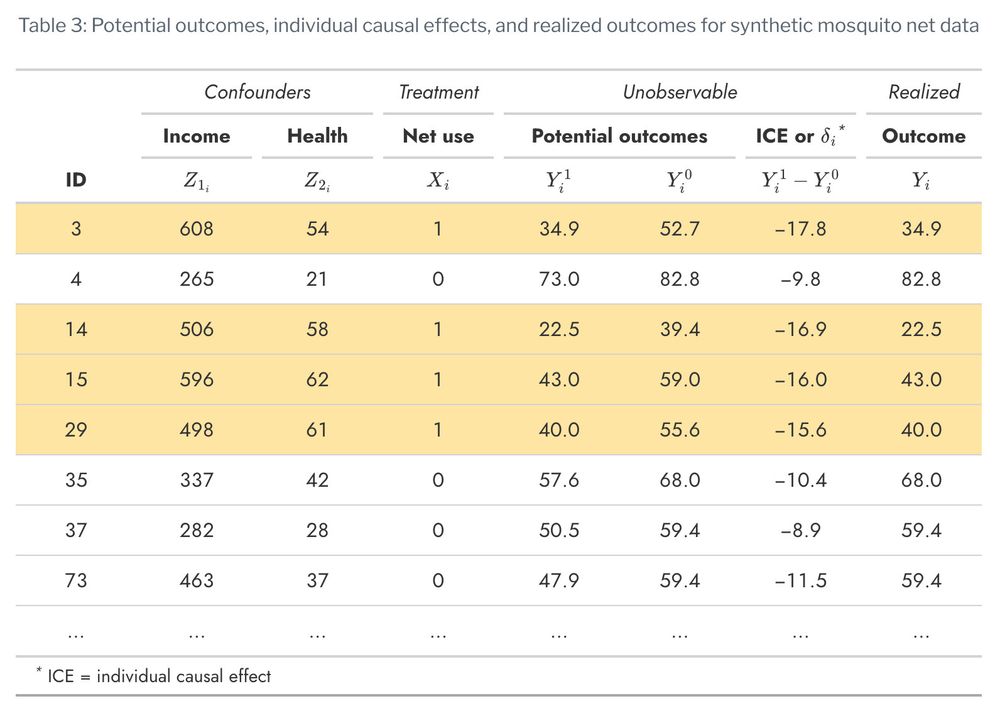
Table showing potential and realized outcomes for 9 simulated people

Before we calculate these different treatment effects with the realized outcomes instead of the hypothetical potential outcomes, let's look really quick at the practical difference between the true ATE, AT 1, and ATU. All three estimands are useful for policymaking!
The ATE is -15, implying that mosquito nets cause a 15 point reduction in malaria risk for every person in the country. This includes people who live at high elevations where mosquitoes don't live, people who live near mosquito-infested swamps, people who are rich enough to buy Bill Gates's mosquito laser, and people who can't afford a net but would really like to use one. If we worked in the Ministry of Health and wanted to know if we should make a new national program that gave everyone a free bed net, the overall reduction in risk is -15, which is probably pretty good!
The ATT is -16.29, which is bigger than the ATE. The effect of net usage is bigger for people who are already using the nets. This is because of underlying systematic reasons, or selection bias. Those using nets want to use them because they need them more or can access them more easily-they might live in areas more prone to mosquitoes, or they can afford to buy their own nets, or something else. They know themselves and understand some notion of their personal individual causal effect and seek out nets. If we removed access to their nets, it would have a strong effect.
The ATU is -13.63, which is smaller than the ATE. The effect of net usage is smaller for people who aren't using the nets. Again, this is because of selection bias. Those not using nets are likely not using them for systematic reasons-they live far away from mosquitoes, they've received a future malaria vaccine, they have some other form of mosquito abatement, or something else. Because they can read their own minds, they know that mosquito net use won't do much for them personally, so they don't seek out nets. If we expanded access to nets to them, they wouldn't benefit
From the archives: Have you (like me!) wondered what the ATT means and how it's different from average treatment effects? I use #rstats to explore why we care about (and how to calculate) the ATE, ATT, and ATU #polisky #episky #econsky www.andrewheiss.com/blog/2024/03...
22.11.2024 14:50 — 👍 206 🔁 44 💬 8 📌 5
Colombian in Mexico. Mountaineer, cyclist, climber. Associate Professor of Economics at ITAM. https://mauricio-romero.com/
Research Fellow at @EUI | Political Scientist | public opinion, attitudes, political socialization, migration, quantitative methods | Author ‘Education and Tolerance’
www.lenkadrazanova.com
Assistant Professor of Political Science at CU Denver
Thinking & writing about Indigenous politics, resource extraction, identity and behavior in Latin America
PhD Candidate in Political Science and International Affairs at UGA. Causal inference, political economy, GIS, and environment. https://soyergabriel.github.io/
PhD candidate Northwestern @polisciatnu.bsky.social
Political violence, social movements, IR
Postdoctoral researcher at the Kroc Institute for International Peace Studies and the Keough-Naughton Institute for Irish Studies at the University of Notre Dame. Researching transitional justice, agonistic peace, gender, identity. she/her
Political Science PhD Candidate @UMich | refugee and migration politics | Mahjong and ramen enthusiast | APSA DDRIG recipient
Postdoctoral Teaching Scholar in Political Science at the University of Notre Dame. Interested in 19th and 20th century political thought.
PhD Candidate at ASCoR (UvA).
Political Communication | Political Psychology | Threat-Politics Link.
Part of the Hot Politics Lab.
Assistant Professor of Int'l Relations at Carnegie Mellon University | PhD at UPenn | Former Fellow at Harvard & MIT | I study things that go boom
joshuaaschwartz.com
Professor of Political Science, University of Copenhagen. Research interests: European and Nordic Politics, Political Economy. Collector of modern ceramics, Faroese paintings and Christine Swane paintings. Lifelong fan of Bob Dylan and modernist poetry.
Sociólogo y politólogo | Académico en Faculta de Gobierno, Universidad de Chile | Doctor en Ciencia Política | Investigo participación política, protestas y sindicalismo.
https://sites.google.com/view/rodrigomedel/bio
PhD candidate at Stony Brook University | Political psychology, public opinion, group identity, and democratic attitudes
PoliSci @ FSU
I'm trying to be kinder
I miss Maine
Statistical consultant and programmer at Harvard IQSS. Author/maintainer of the #Rstats packages 'MatchIt', 'WeightIt', and 'cobalt' for causal inference, among many others | He/him
ngreifer.github.io
Medios, políticas, TIC y sociedad. Libertad de expresión. Profesor e investigador Conicet, UNQ, UBA. Agnóstico pero riquelmista. In dubio pro reo.
Blog Quipu: https://martinbecerra.wordpress.com/
Professor of Political Science & Public Affairs & Director of European Studies, University of Wisconsin - Madison. International political economy, international relations, & international finance. 🇺🇸 & 🇪🇺 politics & economic policy. Tradeoffs in everything.
Economist & Prof at Harvard | 1st-gen college grad | Education, inequality | Shitposts are in a Boston accent | Former union organizer | Native Somervillen
NYT Columns https://bit.ly/3TbaxXV
https://linktr.ee/susan.dynarski
www.susandynarski.com








